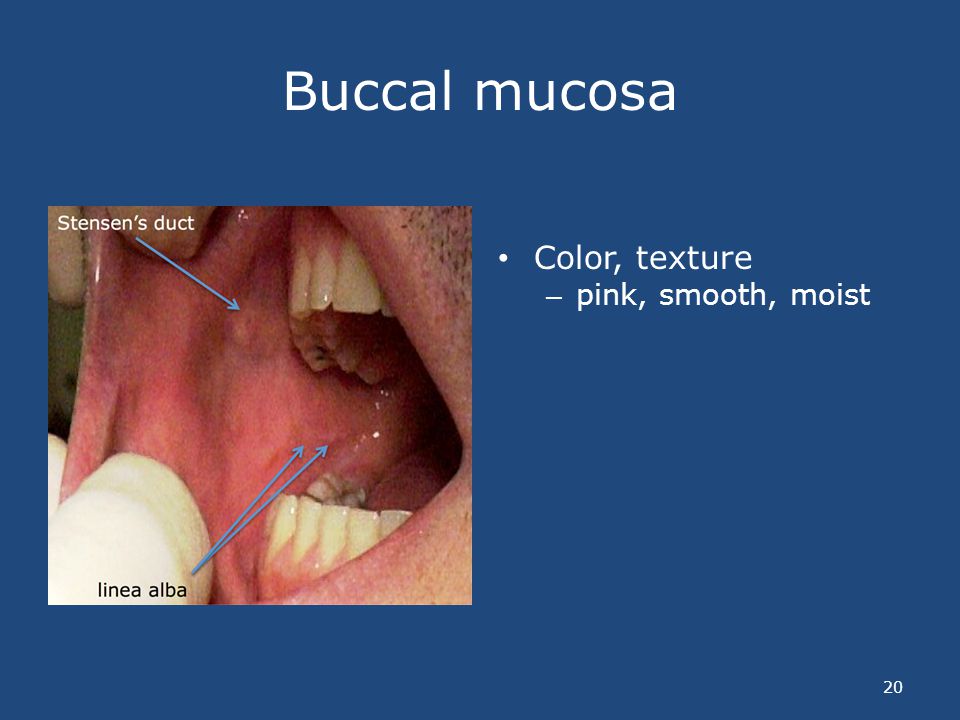
The outermost moist lining of the Oral cavity is called the Oral Mucosa. It has 3 main functions Protection, Sensation and Secretion. Oral Mucosa is continuous with the Skin but is entirely different in composition and structure due to the varied functions in the oral …
In human anatomy, the mouth is the first portion of the alimentary canal that receives food and produces saliva. The oral mucosa is the mucous membrane epithelium lining the inside of the mouth.
Pictures and nasal photos of diseasese involving the nose, including polyps, cancers, rhynophyma, septal hematomas, saddle deformity, septal spurs, papillomas, tumors, and other nasal lesions.


Learn about the veterinary topic of Oral Inflammatory and Ulcerative Disease in Small s. Find specific details on this topic and related topics from the Merck Vet Manual.
The human papilloma virus (HPV) is a double-stranded DNA virus that infects the epithelial cells of skin and mucosa. The moist epithelial surfaces (squamous cells) include all areas covered by skin and/or mucosa such as the mouth interior, throat, tongue, tonsils, vagina, cervix, vulva, penis (the urethra – the opening), and anus.
Gastrointestinal Mucosa Regeneration. In the human body mucosal tissues (also termed mucosa) are membranes that line body cavities such mouth, nose, eyelids and sexual organs, and canals such as alimentary canals (e.g., the gastrointestinal (GI) tract) and the respiratory tract.

As the name, suggests, oral warts are found inside the cavity of the mouth. They can also appear in the areas surrounding the lips.

Oral care for aspiration pneumonia prevention. Steps for staff to follow to provide good oral care when a patient cannot brush his/her own teeth.



Introduction Mucositis occurs when cancer treatments break down the rapidly divided epithelial cells lining the gastro-intestinal tract (which goes from […]

